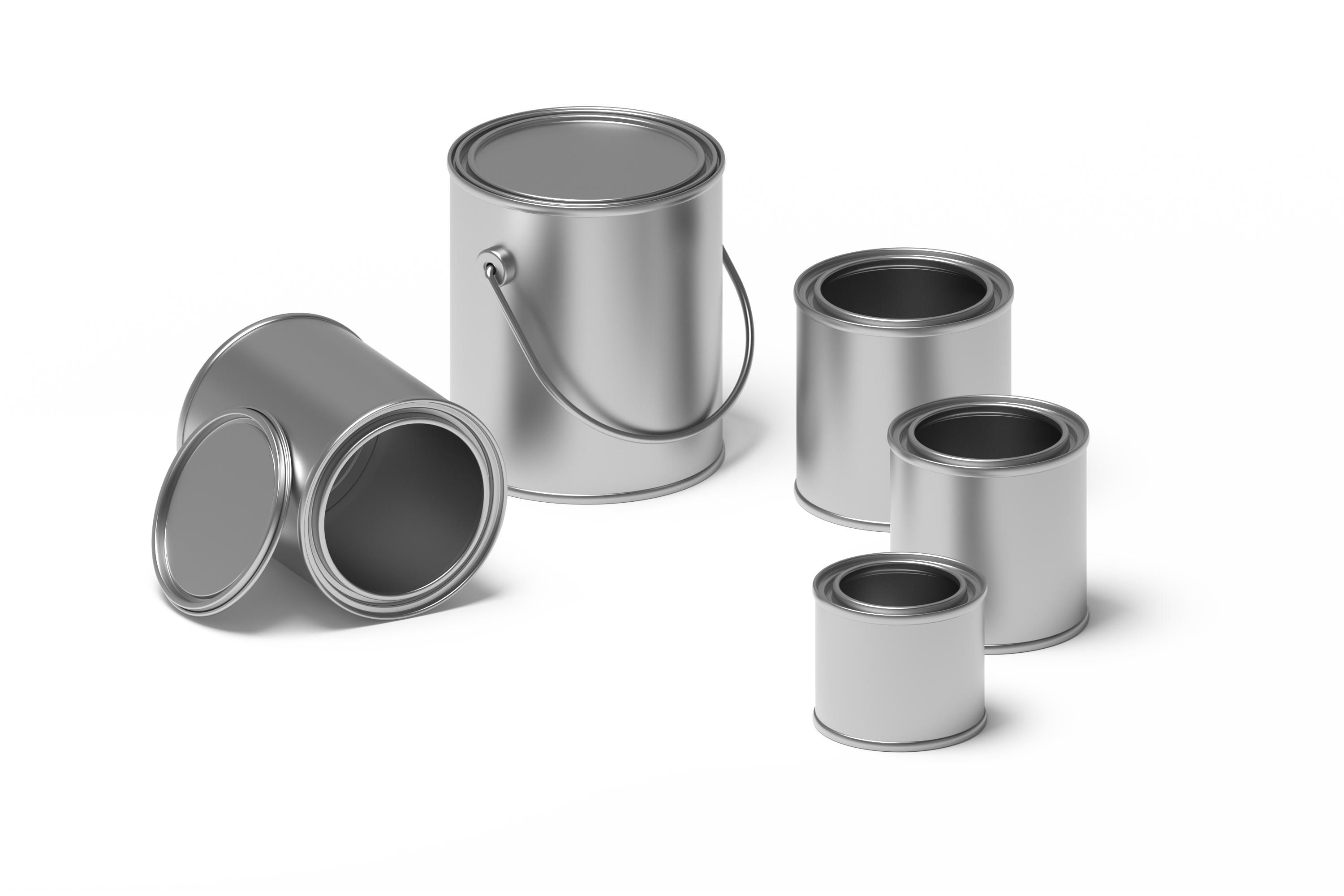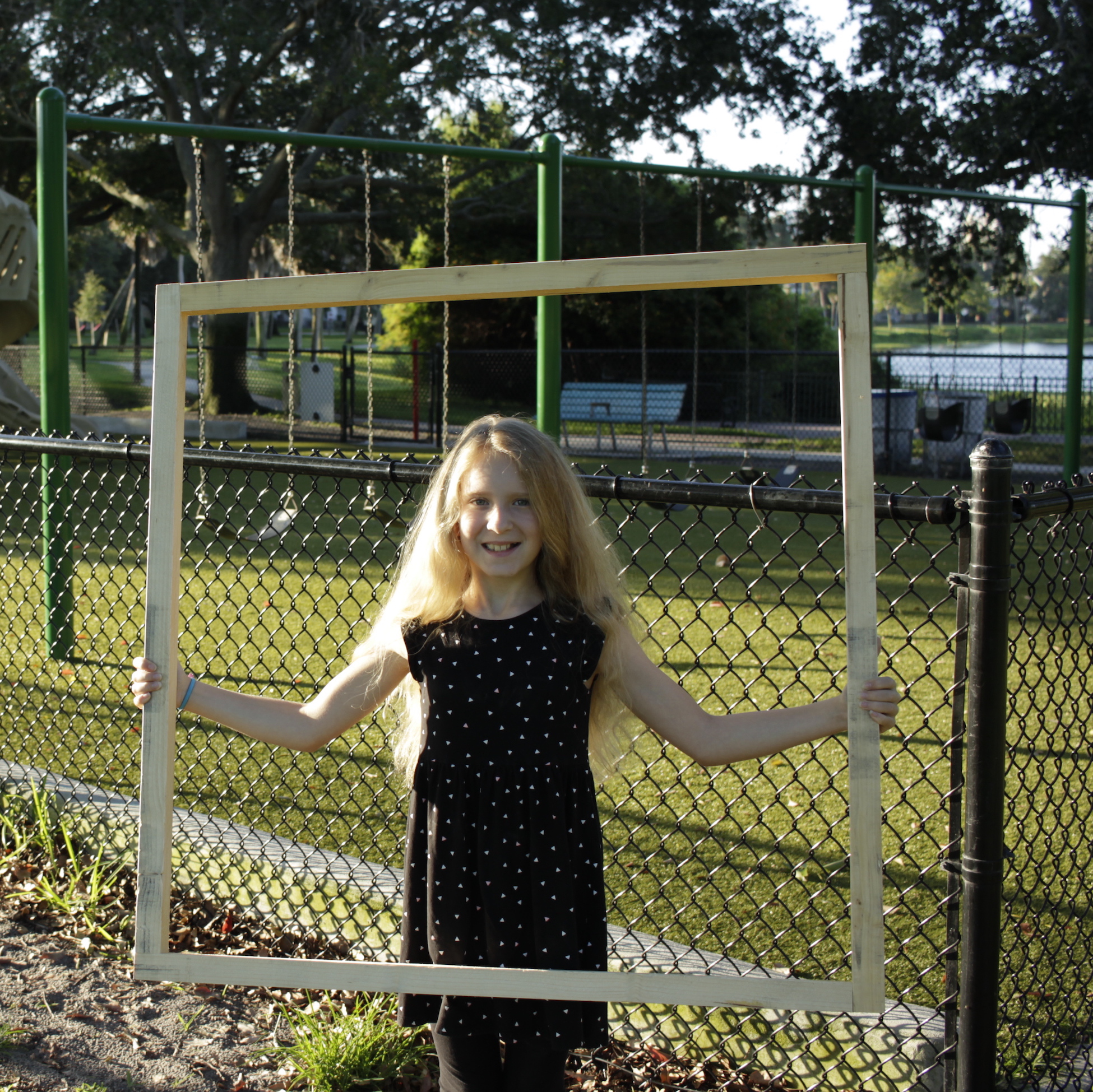Lesson 10
Solve Area Problems
Warm-up: Number Talk: One More Group (10 minutes)
Narrative
The purpose of this Number Talk is to elicit strategies and understandings students have for multiplying within 100. These understandings help students develop fluency and will be helpful later in this lesson when students are to multiply side lengths to find area. While recording students’ thinking, consider using equal groups or arrays as in the images in the warm-up of the previous lesson.
Launch
- Display one expression.
- “Give me a signal when you have an answer and can explain how you got it.”
- 1 minute: quiet think time
Activity
- Record answers and strategy.
- Keep expressions and work displayed.
- Repeat with each expression.
Student Facing
Find the value of each expression mentally.
- \(5 \times 2\)
- \(6 \times 2\)
- \(5 \times 6\)
- \(6 \times 6\)
Student Response
For access, consult one of our IM Certified Partners.
Activity Synthesis
- “What happens when we increase one of the factors by 1?” (The product goes up by 1 of the other factor.)
- “What makes this happen?” (The amount increases by 1 group. Each group gets 1 more.)
- Consider asking:
- “Who can restate _______ 's reasoning in a different way?”
- “Did anyone have the same strategy but would explain it differently?”
- “Did anyone approach the problem in a different way?”
- “Does anyone want to add on to____’s strategy?”
Activity 1: Paint a Wall (10 minutes)
Narrative
The purpose of this activity is for students to solve a real-world problem involving area. The activity includes a rectangle where the side lengths are labeled. When students solve problems with multiple solutions and have to choose and justify a solution, they make sense of problems and persevere in solving them (MP1). In their small groups and in the class discussion students have an opportunity to explain and defend their choices (MP3).
Advances: Speaking, Representing
Launch
- Groups of 3–4
- “A community garden is a garden space that is shared by members of the community. Each member gets their own space to create their part of the community garden.”
- “This is a problem about painting a wall in a community garden. What materials do you need when you paint?” (Paint. Brushes. Paint rollers. Drop cloth. Painter’s tape.)
- 1 minute: quiet think time
- Share responses.
Activity
- “Work with your group to solve the problem.”
- 5 minutes: small-group work time
- Monitor for different solutions mentioned in the sample responses.
Student Facing
Noah is painting a wall in a community garden. The wall is shaped like a rectangle. A diagram of the wall is shown here.

Paint is sold in 3 different sizes:
- A small container will cover 3 square meters.
- A medium container will cover 10 square meters.
- A large container will cover 40 square meters.
What should Noah buy? Explain your reasoning.

Student Response
For access, consult one of our IM Certified Partners.
Advancing Student Thinking
If students don’t find a solution to the problem, consider asking:
- “Tell me about what you’ve done so far to solve the problem.”
- “How could you represent the problem?”
Activity Synthesis
- “How did you find the area of the wall that Noah is painting?” (I counted by 3 six times since I pictured 3 squares in each column and 6 columns. I multiplied 3 by 6 and got 18.)
- Discuss several different responses and their accompanying reasoning.
- Consider asking:
- “How do you know that would be enough to cover the whole wall?”
- “Would there be paint left over? Enough to paint how many square yards?”
Activity 2: Create a Garden (25 minutes)
Narrative
The purpose of this activity is for students to solve an area problem that involves missing side lengths. The problem has multiple solutions, as the area of the garden could be between 20 square feet to 30 square feet. The launch serves to familiarize students with the ideas involved in designing a garden before they solve the problem.
When students share with other groups and describe what others did that was different they are making and understanding mathematical arguments (MP3).
This activity uses MLR6 Three Reads. Advances: reading, listening, representing
Supports accessibility for Social-Emotional Functioning
Required Materials
Materials to Gather
Materials to Copy
- Centimeter Grid Paper - Standard
Launch
- Groups of 3–4
- Display the image.
MLR6 Three Reads
- Display only the problem stem, without revealing the question(s).
- “We are going to read this problem 3 times.”
- 1st Read: “Elena is planning how to use her rectangular space in the community garden. She needs a space that is at least 20 square feet to fit her plants. She has enough soil for a garden that is 30 square feet. The space she has available has to be 3 feet on one side.”
- “What is this situation about?”
- 1 minute: small-group discussion
- Listen for and clarify any questions about the context.
- 2nd Read: “Elena is planning how to use her rectangular space in the community garden. She needs a space that is at least 20 square feet to fit her plants. She has enough soil for a garden that is 30 square feet. The space she has available has to be 3 feet on one side.”
- “Name the quantities. What can we count or measure in this situation?”
- 30 seconds: quiet think time
- 1–2 minutes: group discussion
- Share and record all quantities.
- Reveal the question(s).
- 3rd Read: Read the entire problem, including the question aloud.
- “What are some strategies we can use to solve this problem?”
- 30 seconds: quiet think time
- 1–2 minutes: group discussion
- Give each group tools for creating a visual display and access to square tiles and grid paper.
Activity
- “Work with your group to solve the problem. Create a poster to show how you solved the problem.”
- 10 minutes: group work time
- Monitor for students who:
- recognize that they are missing a side length of the garden.
- create an expression or equation that reflects the missing side length with a missing factor.
- come up with multiple gardens that could be built.
Student Facing

-
Elena is planning how to use her rectangular space in the community garden. She needs a space that is at least 20 square feet to fit her plants. She has enough soil for a garden that is 30 square feet. The space she has available has to be 3 feet on one side.
What are the possible sizes for her garden?
Create a poster to show your thinking. Organize it so it can be followed by others.
-
As you look at the posters with your group:
- Describe how another group solved the problem in a different way than your group did.
- Write three things you saw that helped you understand how other students solved the problem.
Student Response
For access, consult one of our IM Certified Partners.
Activity Synthesis
- Display students' posters around the room.
- “Now, half of the class is going to stand with their posters while the other half visits other students’ posters. If you’re standing with your poster, explain how you solved the problem. As you visit other posters, ask any questions you have about the solution to the problem.”
- Ask half of the groups to stand with their poster and share their ideas or answer questions as the other half visit their posters.
- 5 minutes: gallery walk
- Remind students to switch posters at 2 minutes if they haven’t already so they see a few posters.
- Switch group roles and repeat.
Lesson Synthesis
Lesson Synthesis
“Today we solved problems involving area. What are some ideas or representations you saw that you might use as you solve area problems in the future?” (I saw a drawing on grid paper that showed what was happening in the problem. I saw that we can multiply side lengths to find the area of a rectangle. If I was missing a side length, I multiplied the side length I knew by different numbers until I came up with the area I needed.)
Cool-down: How Much Fabric? (5 minutes)
Cool-Down
For access, consult one of our IM Certified Partners.
Student Section Summary
Student Facing
In this section, we learned how area is related to multiplication. We multiplied the side lengths of a rectangle to find its area.
\(6\times3=18\)



We also learned about how different square units are useful for measuring area in different situations and solved problems involving area.


square meter